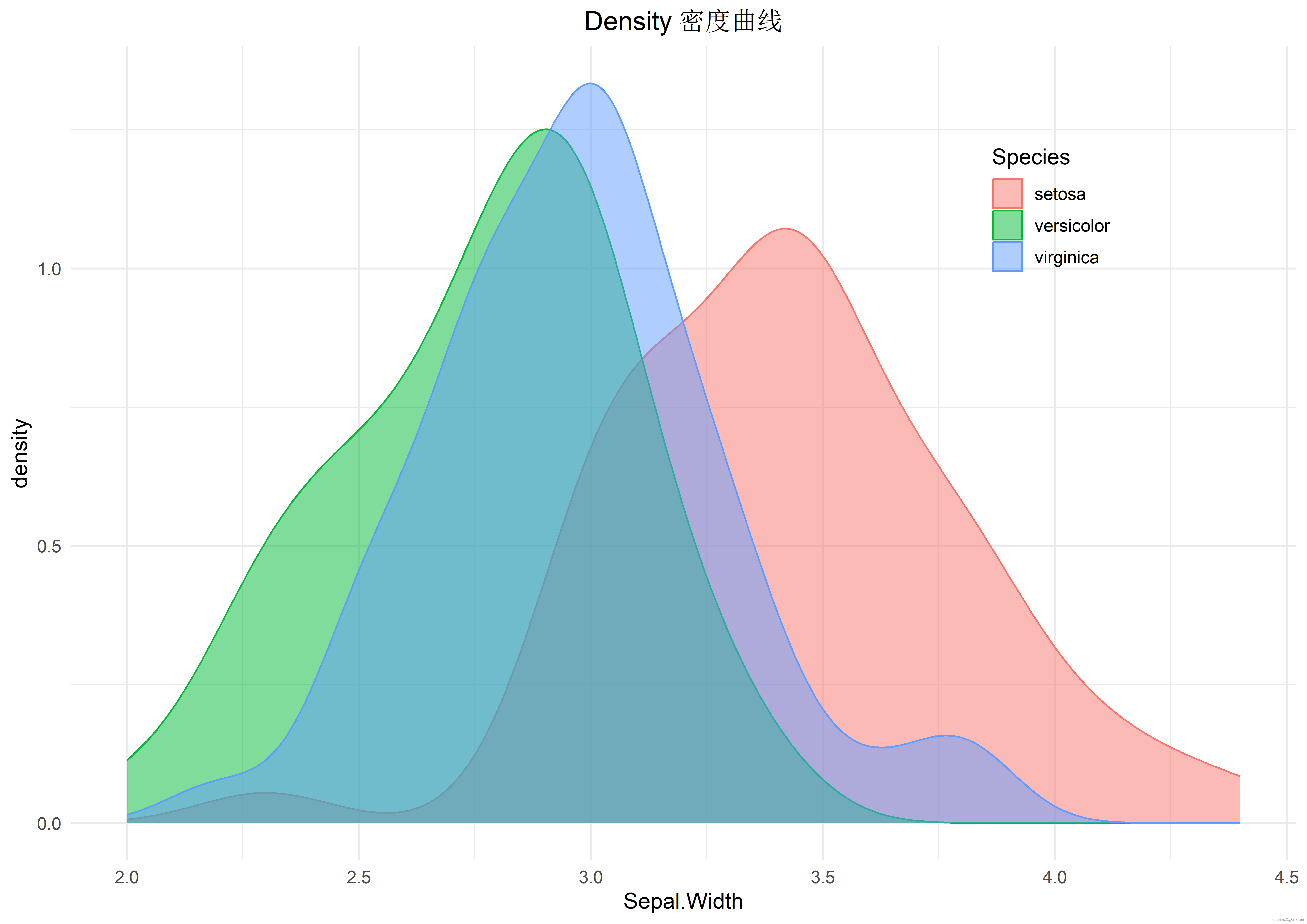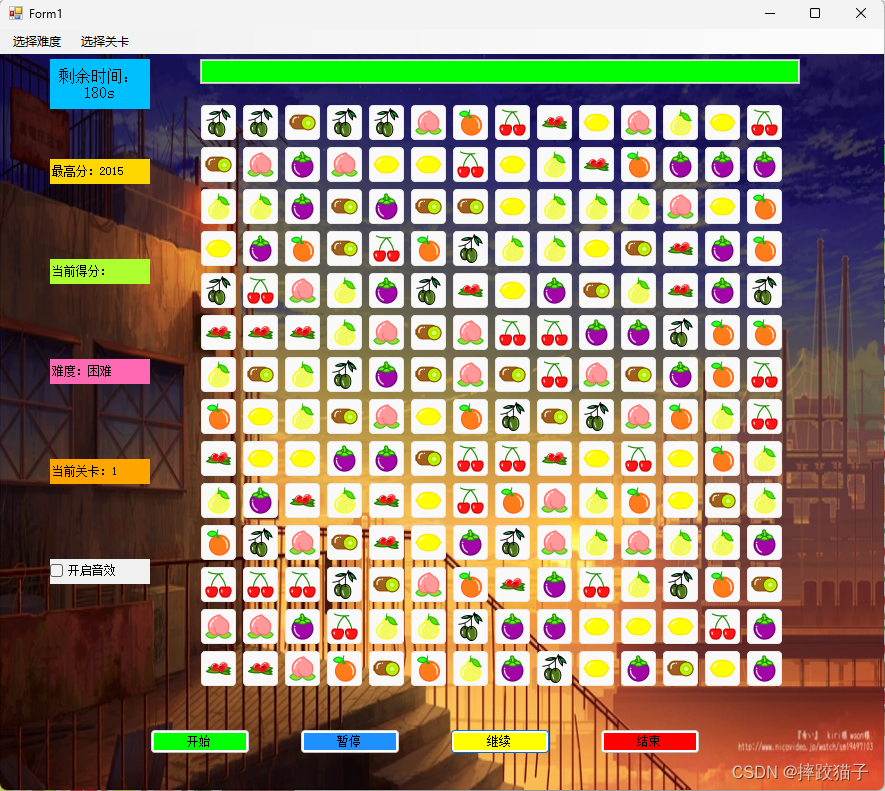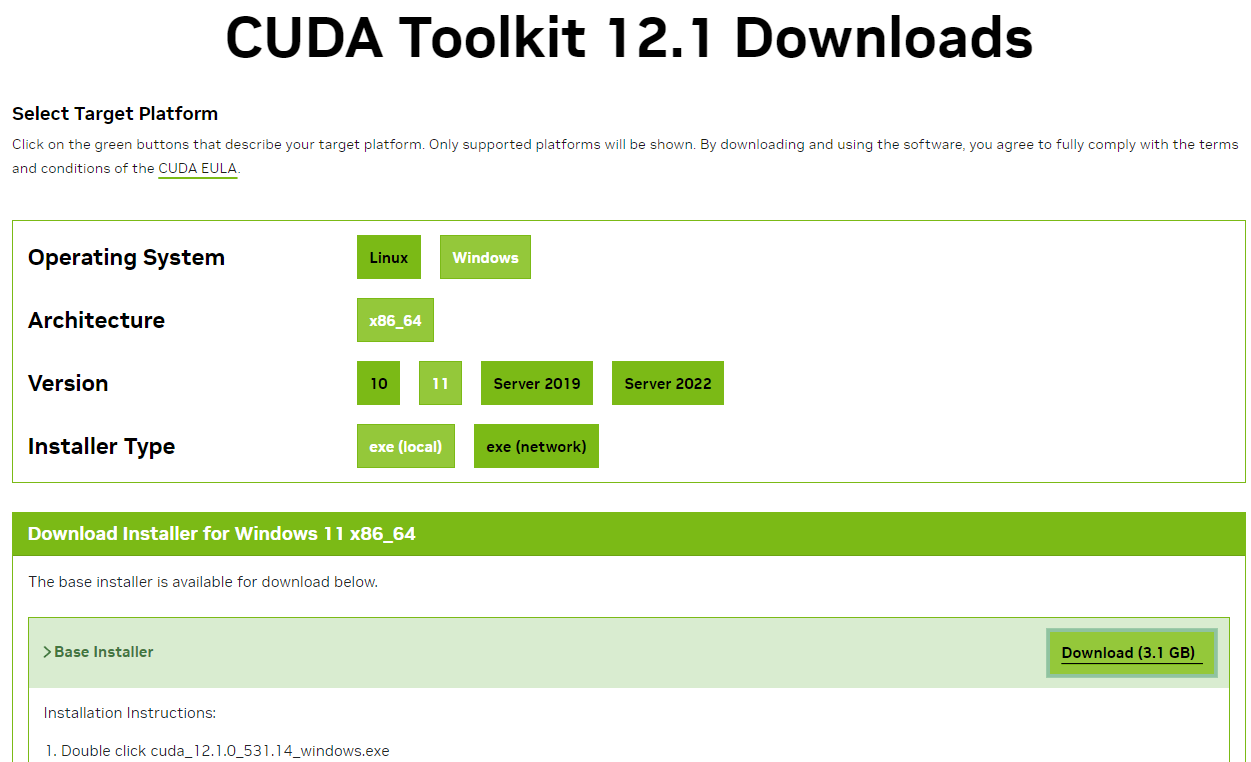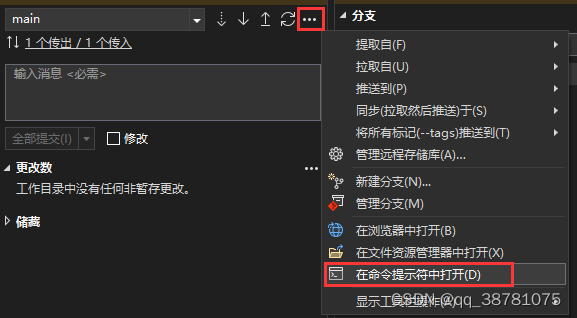一:JdbcTemplate的简介
JdbcTemplate 是 Spring Template设置模式中的一员。类似的还有 TransactionTemplate、 MongoTemplate 等。通过 JdbcTemplate 我们可以使得 Spring 访问数据库的过程简单化。
二:执行SQL语句的方法
1:在JdbcTemplate中执行SQL语句的方法大致分为3类
execute:可以执行所有SQL语句,但是没有返回值。一般用于执行DDL(数据定义语言,主要的命令有CREATE、ALTER、DROP等)语句。
update:用于执行INSERT、UPDATE、DELETE等DML语句。
queryXxx:用于DQL数据查询语句。
2: 基本使用方式如下
JdbcTemplate jdbcTemplate = run.getBean(JdbcTemplate.class);
// 查询
List<User> maps = jdbcTemplate.query("select * from user", new BeanPropertyRowMapper<>(User.class));
// 更新
int update = jdbcTemplate.update("update user set password = ? where id = 1", "6666");
三:核心方法 - execute
实际上,无论是query 或者 update,其底层调用的都是 JdbcTemplate#execute(org.springframework.jdbc.core.StatementCallback<T>) 方法。
execute:作为数据库操作的核心入口,其实实现逻辑和我们一起最基础的写法类似。将大多数数据库操作对相同的统一封装,而将个性化的操作使用 StatementCallback 进行回调,并进行数据库资源释放的一些收尾操作。
execute 方法的作用是获取数据库连接,准备好Statement, 随后调用预先传入的回调方法。
下面我们直接来看 JdbcTemplate#execute(org.springframework.jdbc.core.StatementCallback<T>) 方法:
public <T> T execute(StatementCallback<T> action) throws DataAccessException {
Assert.notNull(action, "Callback object must not be null");
// 从数据源中获取数据连接
Connection con = DataSourceUtils.getConnection(obtainDataSource());
Statement stmt = null;
try {
// 创建 Statement 。
stmt = con.createStatement();
// 应用一些设置
applyStatementSettings(stmt);
// 回调执行个性化业务
T result = action.doInStatement(stmt);
// 警告处理
handleWarnings(stmt);
return result;
}
catch (SQLException ex) {
// Release Connection early, to avoid potential connection pool deadlock
// in the case when the exception translator hasn't been initialized yet.
// 释放数据库连接,避免当异常转换器没有被初始化的时候出现潜在的连接池死锁
String sql = getSql(action);
JdbcUtils.closeStatement(stmt);
stmt = null;
DataSourceUtils.releaseConnection(con, getDataSource());
con = null;
throw translateException("StatementCallback", sql, ex);
}
finally {
JdbcUtils.closeStatement(stmt);
DataSourceUtils.releaseConnection(con, getDataSource());
}
}另一种形式的 execute 。思路基本相同,不再赘述
public <T> T execute(PreparedStatementCreator psc, PreparedStatementCallback<T> action)
throws DataAccessException {
Assert.notNull(psc, "PreparedStatementCreator must not be null");
Assert.notNull(action, "Callback object must not be null");
if (logger.isDebugEnabled()) {
String sql = getSql(psc);想·
logger.debug("Executing prepared SQL statement" + (sql != null ? " [" + sql + "]" : ""));
}
Connection con = DataSourceUtils.getConnection(obtainDataSource());
PreparedStatement ps = null;
try {
ps = psc.createPreparedStatement(con);
applyStatementSettings(ps);
T result = action.doInPreparedStatement(ps);
handleWarnings(ps);
return result;
}
catch (SQLException ex) {
// Release Connection early, to avoid potential connection pool deadlock
// in the case when the exception translator hasn't been initialized yet.
if (psc instanceof ParameterDisposer) {
((ParameterDisposer) psc).cleanupParameters();
}
String sql = getSql(psc);
psc = null;
JdbcUtils.closeStatement(ps);
ps = null;
DataSourceUtils.releaseConnection(con, getDataSource());
con = null;
throw translateException("PreparedStatementCallback", sql, ex);
}
finally {
if (psc instanceof ParameterDisposer) {
((ParameterDisposer) psc).cleanupParameters();
}
JdbcUtils.closeStatement(ps);
DataSourceUtils.releaseConnection(con, getDataSource());
}
}1:获取数据库连接
Connection con = DataSourceUtils.getConnection(obtainDataSource());obtainDataSource() 就是简单的获取 dataSource。这里的 dataSource 是 JdbcTemplate 在创建的时候,作为构造注入时候的参数传递进来。
protected DataSource obtainDataSource() {
DataSource dataSource = getDataSource();
Assert.state(dataSource != null, "No DataSource set");
return dataSource;
}DataSourceUtils.getConnection 方法中调用了 doGetConnection 方法。下面我们来看看 doGetConnection 方法。
在数据库连接方面,Spring 主要考虑的是关于事务方面的处理。基于事务处理的特殊性,Spring需要保证线程中的数据库操作都是使用同一个事务连接。
public static Connection doGetConnection(DataSource dataSource) throws SQLException {
Assert.notNull(dataSource, "No DataSource specified");
// 获取当前线程的数据库连接持有者。这里是事务中的连接时同一个db连接
ConnectionHolder conHolder = (ConnectionHolder) TransactionSynchronizationManager.getResource(dataSource);
// 如果存在持有者 && (存在连接 || 和事务同步状态)
if (conHolder != null && (conHolder.hasConnection() || conHolder.isSynchronizedWithTransaction())) {
// 标记引用次数加一
conHolder.requested();
// 如果当前线程存在持有者,并且与事务同步了,如果仍然没有DB 连接,那么说明当前线程就是不存在数据库连接,则获取连接绑定到持有者上。
if (!conHolder.hasConnection()) {
logger.debug("Fetching resumed JDBC Connection from DataSource");
// 持有者不存在连接则获取连接
conHolder.setConnection(fetchConnection(dataSource));
}
// 返回持有者所持有的连接
return conHolder.getConnection();
}
// Else we either got no holder or an empty thread-bound holder here.
// 到这里没返回,则说明 没有持有者 || 持有者没有同步绑定
logger.debug("Fetching JDBC Connection from DataSource");
// 获取到 DB 连接
Connection con = fetchConnection(dataSource);
// 如果当前线程的事务同步处于活动状态
if (TransactionSynchronizationManager.isSynchronizationActive()) {
try {
// Use same Connection for further JDBC actions within the transaction.
// Thread-bound object will get removed by synchronization at transaction completion.
// 如果持有者为null则创建一个,否则将刚才创建的 DB 连接赋值给 持有者
ConnectionHolder holderToUse = conHolder;
if (holderToUse == null) {
holderToUse = new ConnectionHolder(con);
}
else {
holderToUse.setConnection(con);
}
// 记录数据库连接: 引用次数加1
holderToUse.requested();
// 设置事务和持有者同步
TransactionSynchronizationManager.registerSynchronization(
new ConnectionSynchronization(holderToUse, dataSource));
holderToUse.setSynchronizedWithTransaction(true);
if (holderToUse != conHolder) {
TransactionSynchronizationManager.bindResource(dataSource, holderToUse);
}
}
catch (RuntimeException ex) {
// Unexpected exception from external delegation call -> close Connection and rethrow.
releaseConnection(con, dataSource);
throw ex;
}
}
return con;
}由于一个事务中存在多个sql 执行,每个sql 执行前都会获取一次DB 连接,所以这里使用 holderToUse.requested(); 来记录当前事务中的数据库连接引用的次数。执行完毕后将会将引用次数减一。在最后的sql 执行结束后会将引用次数减一。
2:应用用户设定的数据参数
protected void applyStatementSettings(Statement stmt) throws SQLException {
int fetchSize = getFetchSize();
// 设置 fetchSize 属性
if (fetchSize != -1) {
stmt.setFetchSize(fetchSize);
}
// 设置 maxRows 属性
int maxRows = getMaxRows();
if (maxRows != -1) {
stmt.setMaxRows(maxRows);
}
DataSourceUtils.applyTimeout(stmt, getDataSource(), getQueryTimeout());
}FetchSize :该参数的目的是为了减少网络交互次数设计的。在访问 ResultSet时,如果它每次只从服务器上读取一行数据,会产生大量开销。 FetchSize 参数的作用是 在调用 rs.next时, ResultSet会一次性从服务器上取多少行数据回来。这样在下次 rs.next 时,他可以直接从内存中获取数据而不需要网络交互,提高了效率。但是这个设置可能会被某些jdbc驱动忽略。设置过大也会造成内存上升。
MaxRow :其作用是将此 Statement 对象生成的所有 ResultSet 对象可以包含的最大行数限制设置为给定值。
3:警告处理
protected void handleWarnings(Statement stmt) throws SQLException {
// 当设置为忽略警告时尝试只打印日志。
if (isIgnoreWarnings()) {
if (logger.isDebugEnabled()) {
// 如果日志开启的情况下打印日志
SQLWarning warningToLog = stmt.getWarnings();
while (warningToLog != null) {
logger.debug("SQLWarning ignored: SQL state '" + warningToLog.getSQLState() + "', error code '" +
warningToLog.getErrorCode() + "', message [" + warningToLog.getMessage() + "]");
warningToLog = warningToLog.getNextWarning();
}
}
}
else {
handleWarnings(stmt.getWarnings());
}
}这里用到了一个类 SQWarning ,SQWarning 提供关于数据库访问警告信息的异常。这些警告直接链接到导致报告警告的方法所在的对象。警告可以从Connection、Statement 和 ResultSet 对象中获取。视图在已经关闭的连接上获取警告将导致抛出异常。注意,关闭语句时还会关闭它可能生成得到结果集。
对于警告的处理方式并不是直接抛出异常,出现警告很可能会出现数据错误,但是并不一定会影响程序执行,所以这里用户可以自己设置处理警告的方式,如果默认是忽略警告,当出现警告时仅打印警告日志,不抛出异常。
4:资源释放
数据库的连接释放并不是直接调用了 Connection 的API 中的close 方法。考虑到存在事务的情况,如果当前线程存在事务,那么说明在当前线程中存在共用数据库连接(存在事务则说明不止一个sql 语句被执行,则会共用同一个数据库连接, 所以如果当前Sql执行完毕,不能立即关闭数据库连接,而是将引用次数减一),这种情况下直接使用 ConnectionHolder 中的released 方法进行连接数减一,而不是真正的释放连接。
public static void doReleaseConnection(@Nullable Connection con, @Nullable DataSource dataSource) throws SQLException {
if (con == null) {
return;
}
if (dataSource != null) {
// 当前线程存在事务的情况下说明存在共用数据库连接直接使用 ConnectionHolder 中的 released 方法进行连接数减一而不是真正的释放连接。
ConnectionHolder conHolder = (ConnectionHolder) TransactionSynchronizationManager.getResource(dataSource);
if (conHolder != null && connectionEquals(conHolder, con)) {
// It's the transactional Connection: Don't close it.
conHolder.released();
return;
}
}
doCloseConnection(con, dataSource);
}
...
public static void doCloseConnection(Connection con, @Nullable DataSource dataSource) throws SQLException {
if (!(dataSource instanceof SmartDataSource) || ((SmartDataSource) dataSource).shouldClose(con)) {
con.close();
}
}四:execute 的回调
上面说了 execute 方式是整个JdbcTemplate 的核心,其他个性化定制都是在其基础上,通过StatementCallback 回调完成的。下面我们简单看一看。
1:Update中的回调函数
我们挑一个最简单的Update 方法: JdbcTemplate#update(java.lang.String)
public int update(final String sql) throws DataAccessException {
Assert.notNull(sql, "SQL must not be null");
if (logger.isDebugEnabled()) {
logger.debug("Executing SQL update [" + sql + "]");
}
/**
* Callback to execute the update statement.
*/
// 该种形式的回调方法。不同形式的回调实现类并不相同。
class UpdateStatementCallback implements StatementCallback<Integer>, SqlProvider {
@Override
public Integer doInStatement(Statement stmt) throws SQLException {
// 执行sql 语句
int rows = stmt.executeUpdate(sql);
if (logger.isTraceEnabled()) {
logger.trace("SQL update affected " + rows + " rows");
}
return rows;
}
@Override
public String getSql() {
return sql;
}
}
// 通过 execute 将 Statement 回调给 UpdateStatementCallback。
return updateCount(execute(new UpdateStatementCallback()));
}除此之外,还有另一种形式的更新,其思路都相同。调用的也是另一种 execute 。
protected int update(final PreparedStatementCreator psc, @Nullable final PreparedStatementSetter pss)
throws DataAccessException {
logger.debug("Executing prepared SQL update");
return updateCount(execute(psc, ps -> {
try {
if (pss != null) {
pss.setValues(ps);
}
int rows = ps.executeUpdate();
if (logger.isTraceEnabled()) {
logger.trace("SQL update affected " + rows + " rows");
}
return rows;
}
finally {
if (pss instanceof ParameterDisposer) {
((ParameterDisposer) pss).cleanupParameters();
}
}
}));
}2:query 功能的实现
可以看到,思路基本相同,这里不再赘述。
public <T> T query(final String sql, final ResultSetExtractor<T> rse) throws DataAccessException {
Assert.notNull(sql, "SQL must not be null");
Assert.notNull(rse, "ResultSetExtractor must not be null");
if (logger.isDebugEnabled()) {
logger.debug("Executing SQL query [" + sql + "]");
}
/**
* Callback to execute the query.
*/
class QueryStatementCallback implements StatementCallback<T>, SqlProvider {
@Override
@Nullable
public T doInStatement(Statement stmt) throws SQLException {
ResultSet rs = null;
try {
rs = stmt.executeQuery(sql);
return rse.extractData(rs);
}
finally {
JdbcUtils.closeResultSet(rs);
}
}
@Override
public String getSql() {
return sql;
}
}
return execute(new QueryStatementCallback());
}本文是关于spring相关JDBCTemplate 的源码分析,希望可以帮到初学spring的小伙伴哦!

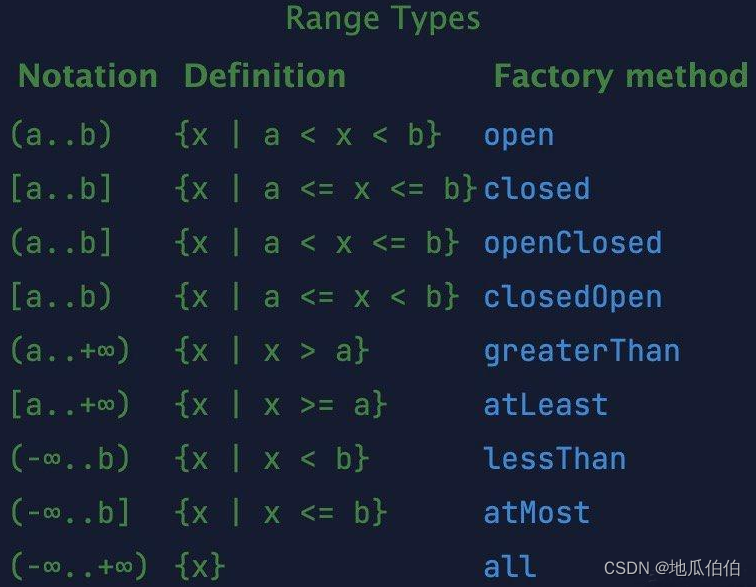

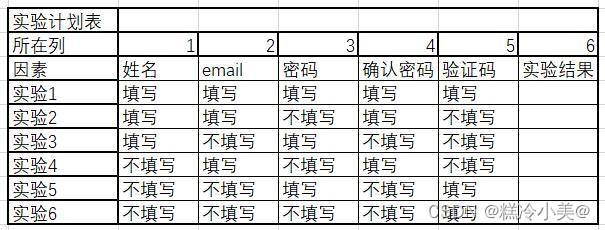

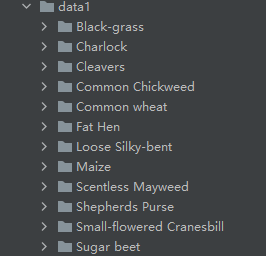
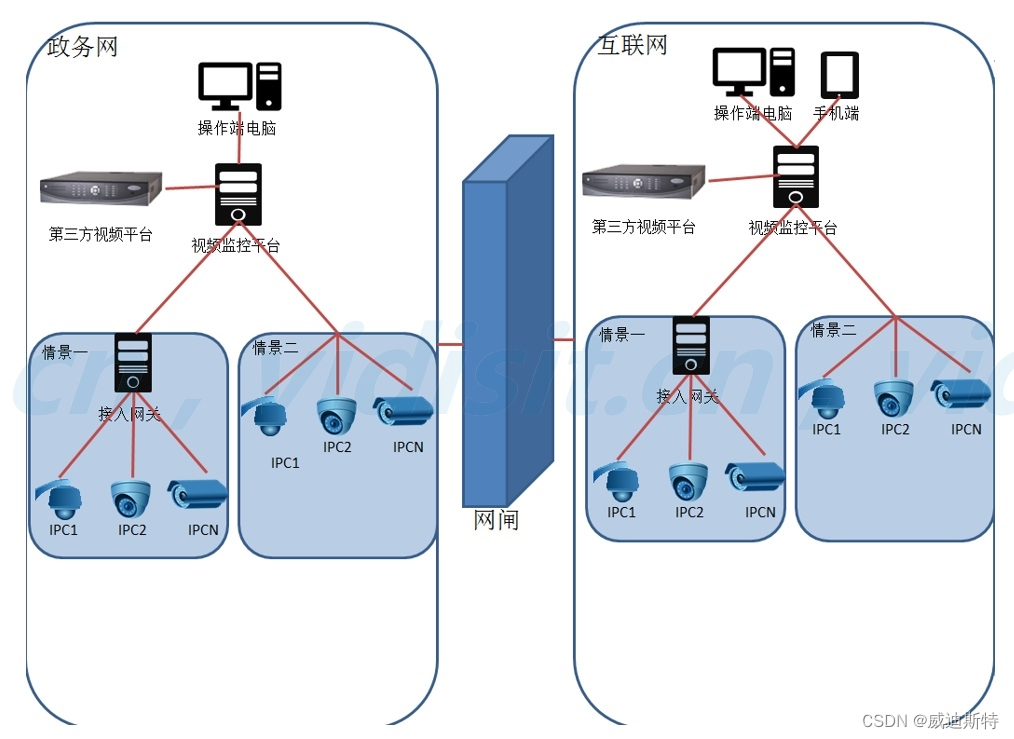
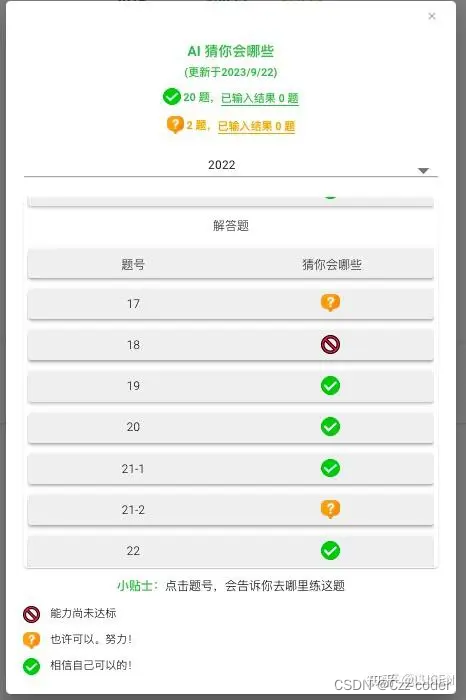
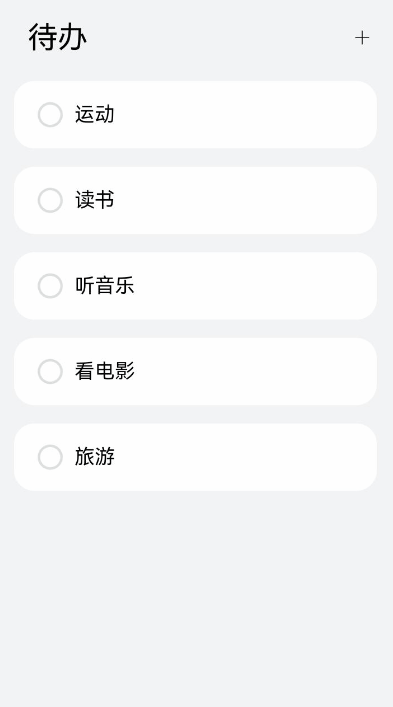
![[DotNetGuide]C#/.NET/.NET Core优秀项目和框架精选](https://img-blog.csdnimg.cn/img_convert/e50ca0657d3015c826b205a50f047a78.png)
